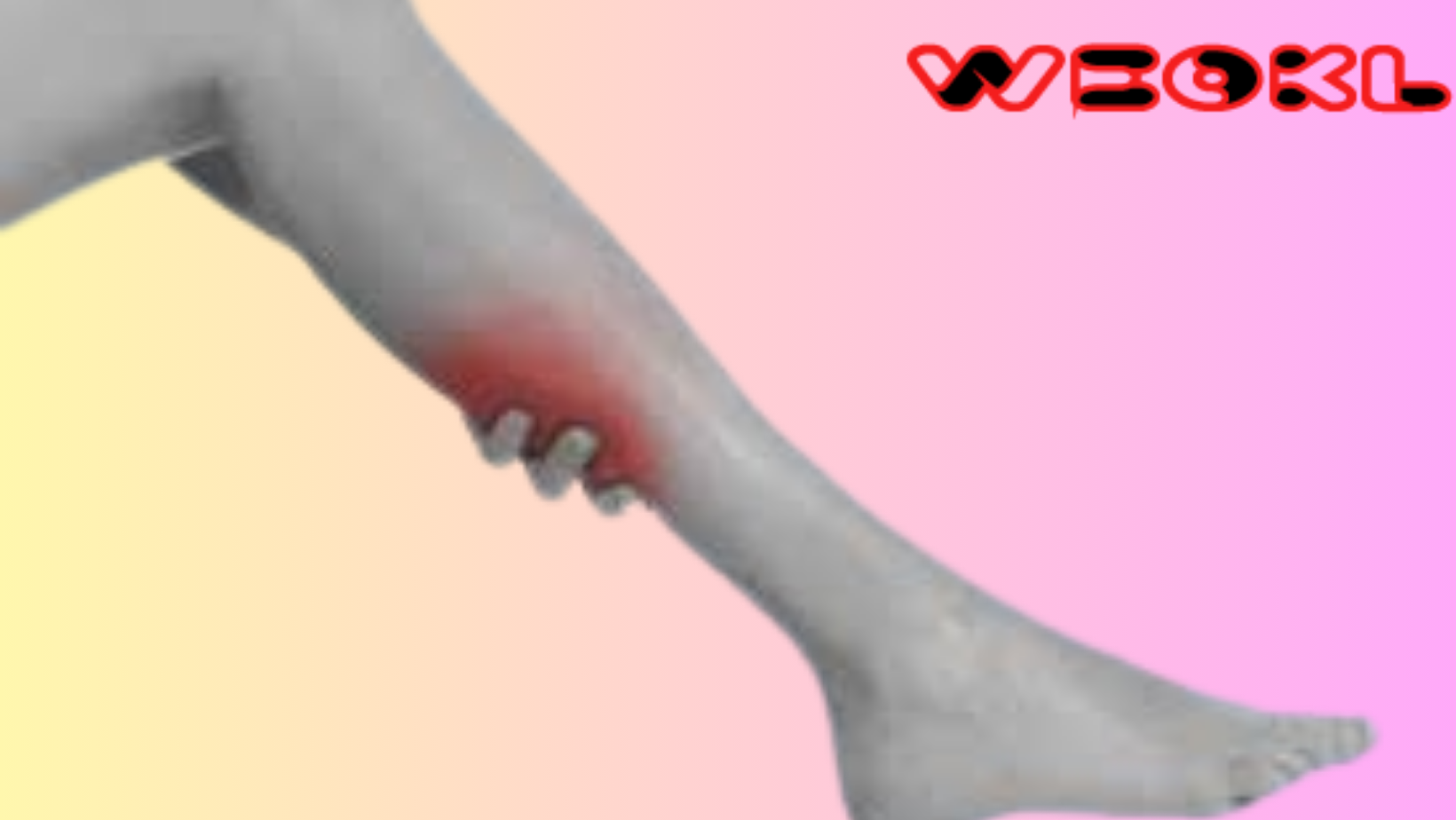This is why your legs cramp at night
Nocturnal leg cramps typically manifest in the calves, feet, and thighs, lasting anywhere from a few seconds to several minutes. Following a cramp, muscle pain may persist. This condition affects both men and women, with a higher occurrence seen in adults over fifty years old.
It’s crucial to differentiate between nocturnal leg cramps and restless leg syndrome (RLS), as both manifest at night but exhibit distinct characteristics:
- Restless legs syndrome (RLS) does not induce cramps or pain, unlike leg cramps.
- RLS is marked by a sensation of crawling in the legs.
- RLS prompts leg movement, while leg cramps hinder movement.
- Movement of the leg can alleviate the discomfort of restless legs syndrome, but it offers no relief during a cramp.
The exact cause of leg cramps often remains unknown, but potential triggers and risk factors include:
- Prolonged periods of improper sitting.
- Excessive muscle strain.
- Extended periods of sitting or standing on hard surfaces like concrete floors.
- Other factors contributing to nocturnal leg cramps may include dehydration, pregnancy, flat feet, diabetes, alcoholism, Parkinson’s disease, medications such as diuretics, statins, and beta agonists, as well as neuromuscular disorders.
Prevention and treatment of nocturnal leg cramps hinge on addressing the underlying cause. For instance, if dehydration plays a role, maintaining adequate hydration throughout the day is vital. Additional therapeutic and preventive measures include:
- Taking a warm bath before bedtime to alleviate muscle tightness.
- Engaging in leg stretches before bedtime.
- Considering the use of horse chestnut to enhance blood flow to the legs.
- Opting for comfortable shoes and avoiding high heels.
- Participating in water aerobics to strengthen leg muscles.
- Applying a heating pad to the affected area.
- Exploring acupuncture for muscle relaxation.
- Ensuring there is no deficiency in potassium or magnesium, as such deficiencies are linked to cramps.
During a cramp episode, while it can be debilitating, knowing how to manage it can offer relief and reduce post-cramp soreness. Here are some strategies for coping with nighttime leg cramps:
- Sitting on the floor with legs extended in front, bending feet at the ankles, and pointing toes toward the knees.
- Taking a short walk to alleviate discomfort.
- Gently massaging the affected area in a circular motion.
- Ensuring sheets and blankets are not too tight, as this can trigger leg muscle cramps.
- Considering consuming a tablespoon of yellow mustard to alleviate discomfort.


